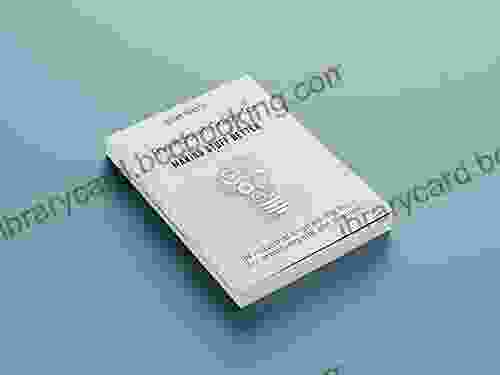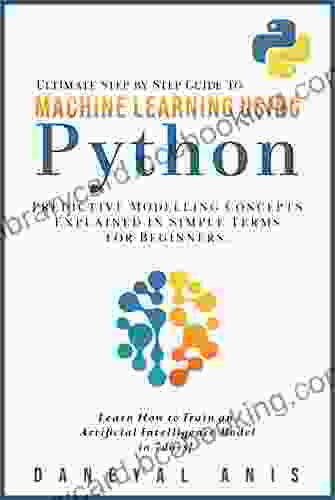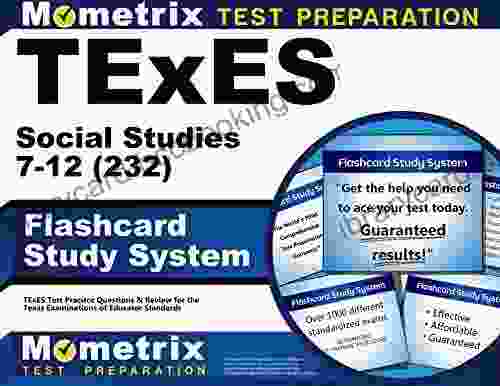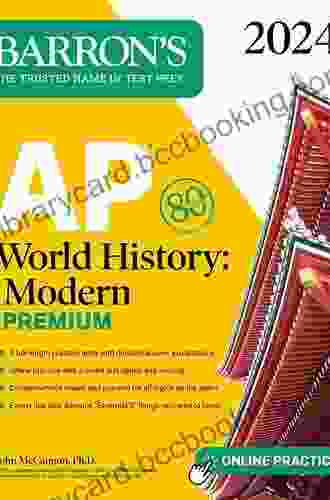39 Industrial Engineering Tools for Improving Life and Business

Industrial engineering is a branch of engineering that deals with the optimization of complex processes and systems. Industrial engineers use a variety of tools and techniques to improve efficiency, productivity, and quality.
5 out of 5
| Language | : | English |
| File size | : | 6179 KB |
| Text-to-Speech | : | Enabled |
| Screen Reader | : | Supported |
| Enhanced typesetting | : | Enabled |
| Word Wise | : | Enabled |
| Print length | : | 142 pages |
| Lending | : | Enabled |
The following are 39 industrial engineering tools that can help you improve your life and business:
- Process mapping: A process map is a visual representation of a process. It shows the steps in the process, the inputs and outputs of each step, and the decision points. Process mapping can help you identify inefficiencies and bottlenecks in your processes.
- Flowcharting: A flowchart is a type of process map that uses symbols to represent the steps in a process. Flowcharts can be used to document processes, identify problems, and develop solutions.
- Value stream mapping: Value stream mapping is a technique for identifying and eliminating waste in a process. Value stream maps show the flow of materials and information through a process, from the supplier to the customer.
- Work measurement: Work measurement is the process of measuring the time and effort required to complete a task. Work measurement can help you identify opportunities for improvement and set realistic goals.
- Methods engineering: Methods engineering is the process of designing and improving work methods. Methods engineers use a variety of techniques to improve efficiency, productivity, and safety.
- Ergonomics: Ergonomics is the study of the relationship between humans and their work environment. Ergonomists use a variety of techniques to design workplaces that are comfortable, safe, and productive.
- Statistical process control: Statistical process control (SPC) is a technique for monitoring and controlling the quality of a process. SPC uses statistical methods to identify and eliminate sources of variation in a process.
- Design of experiments: Design of experiments (DOE) is a technique for planning and conducting experiments to determine the effects of different factors on a process. DOE can be used to optimize processes and improve quality.
- Simulation: Simulation is a technique for modeling and analyzing complex systems. Simulation can be used to predict the behavior of a system under different conditions and to identify opportunities for improvement.
- Linear programming: Linear programming is a technique for solving optimization problems. Linear programming can be used to find the best way to allocate resources, schedule production, and design products.
- Nonlinear programming: Nonlinear programming is a technique for solving optimization problems that involve nonlinear relationships. Nonlinear programming can be used to solve a wide variety of problems, including those involving design, scheduling, and finance.
- Integer programming: Integer programming is a technique for solving optimization problems that involve integer variables. Integer programming can be used to solve a variety of problems, including those involving scheduling, routing, and network design.
- Dynamic programming: Dynamic programming is a technique for solving optimization problems that involve multiple stages. Dynamic programming can be used to solve a variety of problems, including those involving inventory control, production planning, and finance.
- Heuristic algorithms: Heuristic algorithms are a class of algorithms that are used to solve optimization problems that are difficult or impossible to solve exactly. Heuristic algorithms can provide good solutions to problems that are too complex to solve using exact methods.
- Metaheuristic algorithms: Metaheuristic algorithms are a class of algorithms that are used to solve optimization problems that are difficult or impossible to solve exactly. Metaheuristic algorithms are more powerful than heuristic algorithms, but they can also be more computationally expensive.
- Data mining: Data mining is a technique for extracting knowledge from data. Data mining can be used to identify patterns and trends in data, and to develop models that can predict future outcomes.
- Machine learning: Machine learning is a type of artificial intelligence that allows computers to learn from data. Machine learning can be used to develop models that can predict future outcomes, identify patterns and trends in data, and make decisions.
- Artificial intelligence: Artificial intelligence (AI) is the simulation of human intelligence processes by machines. AI can be used to develop systems that can reason, learn, and solve problems.
- Industrial Internet of Things (IIoT): The Industrial Internet of Things (IIoT) is a network of physical devices that are connected to the internet. IIoT devices can collect data from the physical world and send it to the cloud, where it can be processed and analyzed.
- Cyber-physical systems (CPS): Cyber-physical systems (CPS) are systems that integrate physical and digital components. CPS can be used to control and monitor physical processes, and to make decisions based on data from the physical world.
- Digital twins: A digital twin is a virtual representation of a physical object or system. Digital twins can be used to simulate the behavior of physical objects and systems, and to predict their performance.
- Virtual reality (VR): Virtual reality (VR) is a technology that creates a simulated environment that can be explored and interacted with. VR can be used to train employees, simulate complex processes, and develop new products.
- Augmented reality (AR): Augmented reality (AR) is a technology that superimposes digital information on the real world. AR can be used to provide workers with instructions, display data, and simulate complex processes.
- Mixed reality (MR): Mixed reality (MR) is a technology that combines the real world with the virtual world. MR can be used to create immersive experiences that allow users to interact with digital objects and data in the real world.
- Blockchain: Blockchain is a distributed database that is used to record transactions. Blockchain is secure and tamper-proof, and it can be used to track the movement of goods and services, and to manage supply chains.
- Cloud computing: Cloud computing is a model for delivering computing resources over the internet. Cloud computing can be used to access software, storage, and other computing resources on demand.
- Big data: Big data refers to large volumes of data that can be analyzed to reveal patterns and trends. Big data can be used to improve decision-making, develop new products, and identify new opportunities.
- Data analytics: Data analytics is the process of extracting knowledge from data. Data analytics can be used to identify patterns and trends in data, and to develop models that can predict future outcomes.
- Business intelligence: Business intelligence (BI) is a set of tools and techniques that are used to transform data into actionable insights. BI can be used to improve decision-making, develop new strategies, and identify new opportunities.
- Predictive analytics: Predictive analytics is a type of data analytics that uses statistical models to predict future outcomes. Predictive analytics can be used to identify risks, opportunities, and trends.
- Prescriptive analytics: Prescriptive analytics is a type of data analytics that uses optimization models to recommend actions that should be taken. Prescriptive analytics can be used to improve decision-making and optimize business processes.
- Decision support systems (DSS): Decision support systems (DSS) are computer-based systems that help decision-makers make better decisions. DSS can be used to analyze data, identify alternatives, and evaluate decisions.
- Project management software: Project management software is used to plan, schedule, and execute projects. Project management software can help you to manage resources, track progress, and communicate with stakeholders.
- Enterprise resource planning (ERP) systems: Enterprise resource planning (ERP) systems are software systems that integrate all of the business processes of an organization into a single system. ERP systems can help you to improve efficiency, productivity, and customer service.
- Customer relationship management (CRM) systems: Customer relationship management (CRM) systems are software systems that help you to manage your relationships with customers. CRM systems can help you to track customer interactions, manage sales leads, and provide customer support.
- Supply chain management (SCM) systems: Supply chain management (SCM) systems are software systems that help you to manage the flow of goods and services from suppliers to customers. SCM systems can help you to improve efficiency, reduce costs, and increase customer satisfaction.
These are just a few of the many industrial engineering tools that can help you improve your life and business. By using these tools, you can improve
5 out of 5
| Language | : | English |
| File size | : | 6179 KB |
| Text-to-Speech | : | Enabled |
| Screen Reader | : | Supported |
| Enhanced typesetting | : | Enabled |
| Word Wise | : | Enabled |
| Print length | : | 142 pages |
| Lending | : | Enabled |
Do you want to contribute by writing guest posts on this blog?
Please contact us and send us a resume of previous articles that you have written.
 Book
Book Novel
Novel Page
Page Chapter
Chapter Text
Text Story
Story Genre
Genre Reader
Reader Library
Library Paperback
Paperback E-book
E-book Magazine
Magazine Newspaper
Newspaper Paragraph
Paragraph Sentence
Sentence Bookmark
Bookmark Shelf
Shelf Glossary
Glossary Bibliography
Bibliography Foreword
Foreword Preface
Preface Synopsis
Synopsis Annotation
Annotation Footnote
Footnote Manuscript
Manuscript Scroll
Scroll Codex
Codex Tome
Tome Bestseller
Bestseller Classics
Classics Library card
Library card Narrative
Narrative Biography
Biography Autobiography
Autobiography Memoir
Memoir Reference
Reference Encyclopedia
Encyclopedia Daniel James
Daniel James Daniel Humm
Daniel Humm Cornelia Pelzer Elwood
Cornelia Pelzer Elwood D J Golden
D J Golden Dan Keding
Dan Keding Conn Iggulden
Conn Iggulden Damon Centola
Damon Centola Claude E Shannon
Claude E Shannon Cyrus Highsmith
Cyrus Highsmith Dan Hampton
Dan Hampton Craig Ferguson
Craig Ferguson Dan Millman
Dan Millman Claudia Friddell
Claudia Friddell Damon Root
Damon Root Clive Hallett
Clive Hallett Craig Manning
Craig Manning Craig Hickman
Craig Hickman Co Spinhoven
Co Spinhoven Claiborne Young
Claiborne Young Claudia Mazzucco
Claudia Mazzucco
Light bulbAdvertise smarter! Our strategic ad space ensures maximum exposure. Reserve your spot today!
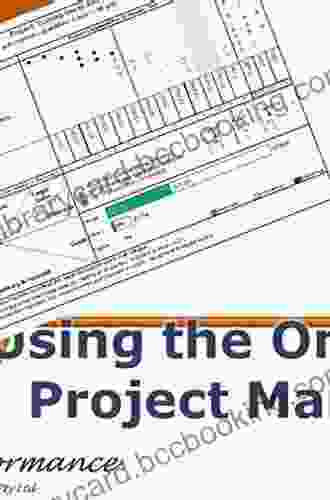
 Jared NelsonDrive Strategy and Solve Problems with a Single Sheet of Paper: Discover the...
Jared NelsonDrive Strategy and Solve Problems with a Single Sheet of Paper: Discover the...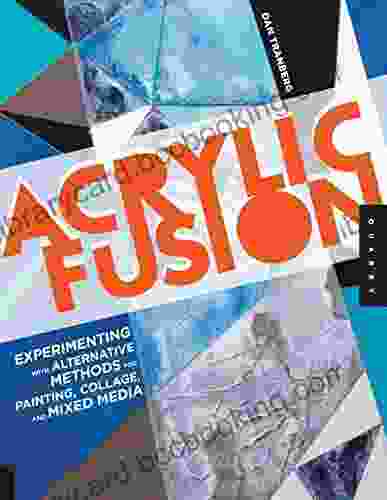
 Braeden HayesExperimenting With Alternative Methods For Painting Collage And Mixed Media:...
Braeden HayesExperimenting With Alternative Methods For Painting Collage And Mixed Media:... Virginia WoolfFollow ·19.8k
Virginia WoolfFollow ·19.8k Wesley ReedFollow ·6k
Wesley ReedFollow ·6k Steve CarterFollow ·8.9k
Steve CarterFollow ·8.9k Sam CarterFollow ·17.6k
Sam CarterFollow ·17.6k Jackson BlairFollow ·2.1k
Jackson BlairFollow ·2.1k Victor TurnerFollow ·5.7k
Victor TurnerFollow ·5.7k Hank MitchellFollow ·16.1k
Hank MitchellFollow ·16.1k Ivan CoxFollow ·10.2k
Ivan CoxFollow ·10.2k
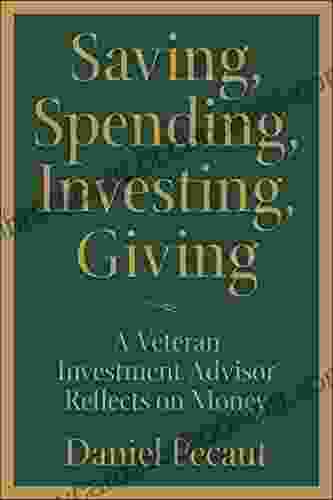
 Donald Ward
Donald WardVeteran Investment Advisor Reflects On Money
Unlocking Financial Wisdom...
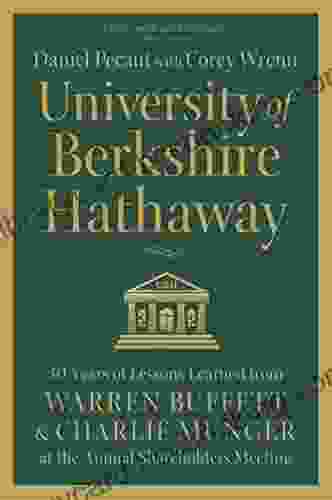
 Fernando Pessoa
Fernando PessoaUnlock the Secrets of Value Investing with "University of...
In the realm of investing, there stands an...

 Jorge Luis Borges
Jorge Luis BorgesMaster Spanish Vocabulary with Ap Spanish Flashcards...
Are you eager to expand your Spanish...

 Roger Turner
Roger TurnerPlay Like a Pro: The Ultimate Guide to Becoming a Master...
Are you ready to...
5 out of 5
| Language | : | English |
| File size | : | 6179 KB |
| Text-to-Speech | : | Enabled |
| Screen Reader | : | Supported |
| Enhanced typesetting | : | Enabled |
| Word Wise | : | Enabled |
| Print length | : | 142 pages |
| Lending | : | Enabled |


